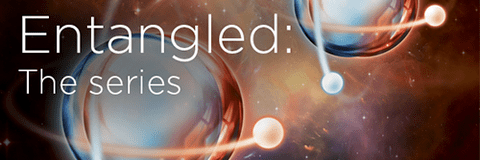Synergetic Study of Electrical Transport using Graphene and SrTiO3
Jeongmin Park - Center for Integrated Nanostructure Physics (CINAP), Institute for Basic Science (IBS) Department of Energy Science, Sungkyunkwan University
The combination of two-dimensional (2D) materials and functional oxide has been attracted in electrical transport study. Many researchers expected synergetic performance from this interesting structure. And the field effect transistor (FET) scheme was widely used to study it. Here, we successfully demonstrated graphene FET device which is fabricated on top of SrTiO3 (STO).
